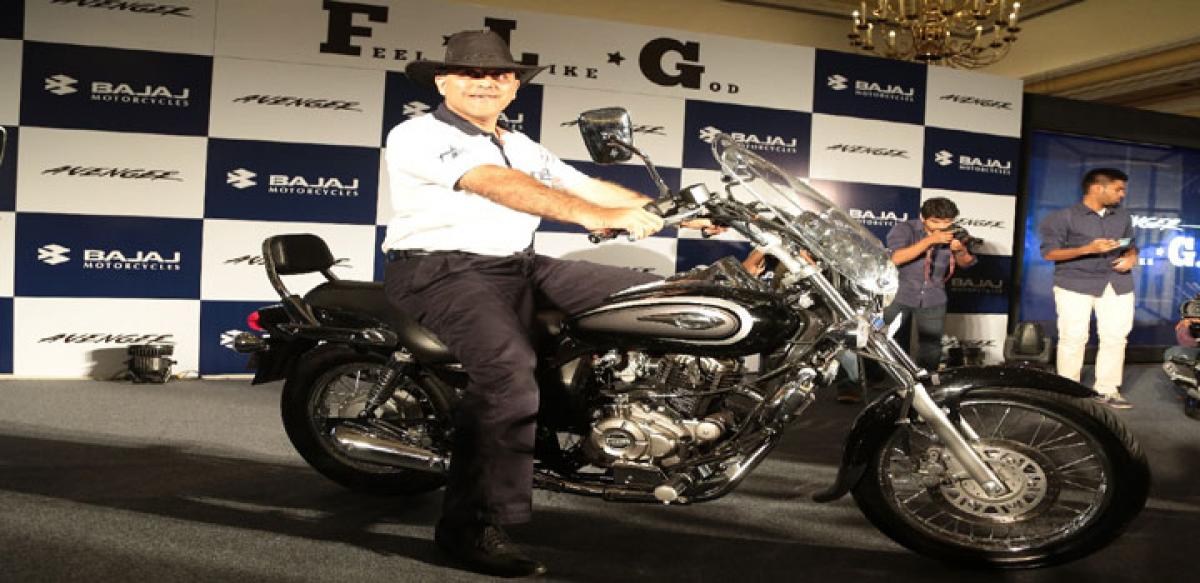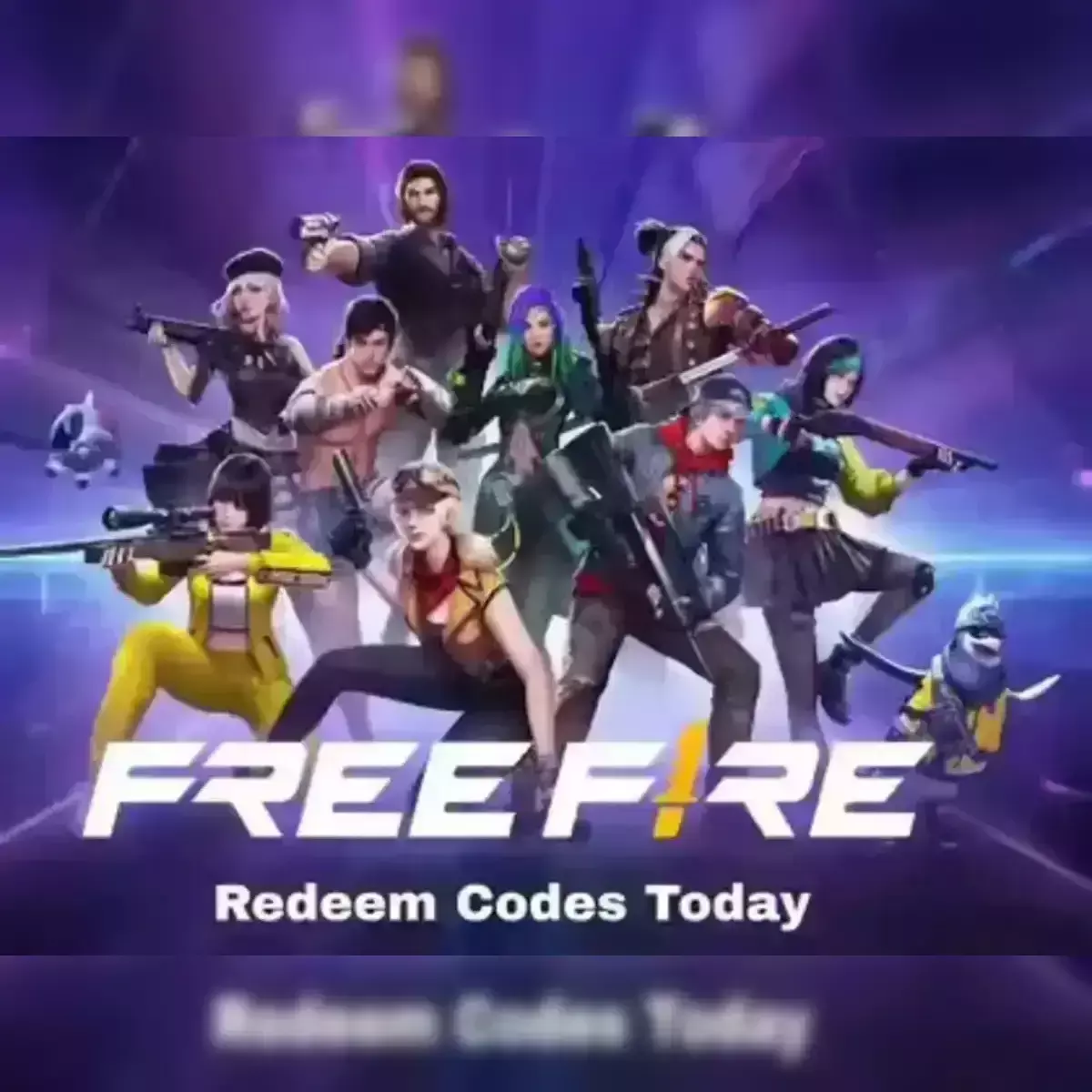Feel like God in Tyrian's chariot

There are a couple of watershed moments in India’s motorcycle manufacturing history. In the Sixties, Bajaj began to manufacture the Vespa under licence, muscling out the Italian-bred Lambretta in the process. Through the Seventies and early Eighties, manufacturers grappled with the abysmal fuel efficiency of bikes (with the Arab-Israeli conflict at its peak, petrol prices rose from Rs.3 to Rs.10 per litre in 1976 alone).
There are a couple of watershed moments in India’s motorcycle manufacturing history. In the Sixties, Bajaj began to manufacture the Vespa under licence, muscling out the Italian-bred Lambretta in the process. Through the Seventies and early Eighties, manufacturers grappled with the abysmal fuel efficiency of bikes (with the Arab-Israeli conflict at its peak, petrol prices rose from Rs.3 to Rs.10 per litre in 1976 alone).

In 1985, the erstwhile Hero Honda responded with a breed of four-stroke 100cc motorcycles with the famous tagline “Fill it, shut it, forget it”. By the Nineties, optimal fuel efficiency wasn’t a dealmaker any longer, and affordable bigger-engined cruiser-style bikes rapidly gained traction, with Royal Enfield launching the Bullet 500, India’s first 500cc motorcycle, in 1993.
Even though, American premium motorcycle manufacturers like Harley-Davidson entered the market by the Noughties, it chose to focus on expensive heavyweight, high-powered machines even here crusiers for the middle-class Indian youth continued to be a far cry.
Cometh Y2k, Kawasaki Bajaj made a ballsy move, and introduced a 174cc mellowed monster from a rather unsuspecting souls. The killer looks complimented was baptised as the Eliminator. This was also around the time the brand was keen on an image makeover.
ELIMINATOR:
It all started with the word ‘Eliminator’, the bike which was a Kawasaki product, essentially, and created a huge furore in the market when it was launched in 2001 in India. It was a big gamble from Bajaj as the market back then was majorly confined to smaller bikes. A price tag of over 90k back then meant a moon for the masses. Eliminator had a 174cc engine imported directly from Kawasaki’s stables, which was capable of producing 15PS of maximum power and 13.7Nm of peak torque. EL175, as it was called in the Kawasaki’s stables, enjoyed a good share of success until 2005 when Bajaj decided to revamp the whole concept; and Avenger, the most affordable cruiser experience was born!
AVENGER 180:
Bajaj stopped Eliminator and launched a similar looking Avenger on 10th June 2005 (which happens to be the birthday for Rahul Bajaj) with a different engine and a huge 30k slash! This huge reduction was attributed to the fact that the bike shared the same engine borrowed from the then eldest Pulsars, Pulsar 180 DTSi and all the parts were indigenous Indian, manufactured and assembled by Bajaj locally. Under this tune, Avenger’s 178.6cc DTSi engine produced 16.5 bhp of maximum power belting out 15.22 Nm of peak torque similar to Pulsar 180 DTSi.
AVENGER 200:
After a grand run, Bajaj decided to upgrade the bike with Pulsar 200s mill and Avenger 200 was introduced in 2007 with a very little price increase and an introduction of ‘Oil Cooling’ on this bike. The 198.8cc air cooled (with oil cooler) mill of Avenger was tuned to a different tune from the Pulsar 200s and produced a healthy 17.5PS (@8000rpm) of max power and 16.7Nm (@6000) of swirling torque in contrast to Pulsar 200s 18PS and 17.1Nm respectively. With each iteration the product has been enhanced (probably barring the Eliminator’s!) and riders have come close to simulating a more cruiser like experience.
AVENGER 220:
In comes another upgrade to the bike and this time it has been endowed with ‘The Fastest Indian’, Pulsar 220 DTSi’s heart. Avenger 220, as Bajaj calls it, takes the game a step ahead and up close to the ‘Feel Like God’ theme the bike has been known for. Here is what Bajaj has in offering with the new product.
ENGINE & TUNE:
Up from the 198.8cc engine of the Avenger 200, the new bike churns out a 21cc higher displacement of 219.89cc. Avenger 220 sports a 4 stroke, single cylinder, air cooled (with Oil Cooler), DTSi engine directly borrowed from Pulsar 220. Power output is up by 1.5PS to 19.03 Ps and is generated at 400 rpm over the earlier variant at 8400rpm. Torque has been bumped by 0.8Nm and the bike now produces 17.5Nm of twirling torque which peaks at 1000rpm late @ 7000rpm. The fact that peak figures are produced at slightly higher rpms hints to the slightly changed character of the bike which is now expected to be relaxed in nature under high speed (rpm) cruising. However, as compared to Pulsar 220 these figures are kept low keeping the cruiser aspect of the bike in mind. Factually, Avenger 220 produces 2PS of power and 1.6Nm of torque lesser than Pulsar 220.
BIGGER OIL COOLER:
The 200cc version of Avenger also had an Oil cooler and the new bike finds itself laden with a bigger oil cooler which has 33 percent increased area. Avenger 220 now has 4 chambers inside the oil cooler as compared to 3 in the earlier version to ensure optimum cooling of the bike with minimal power drop under extreme needs
By:augustin kurian














